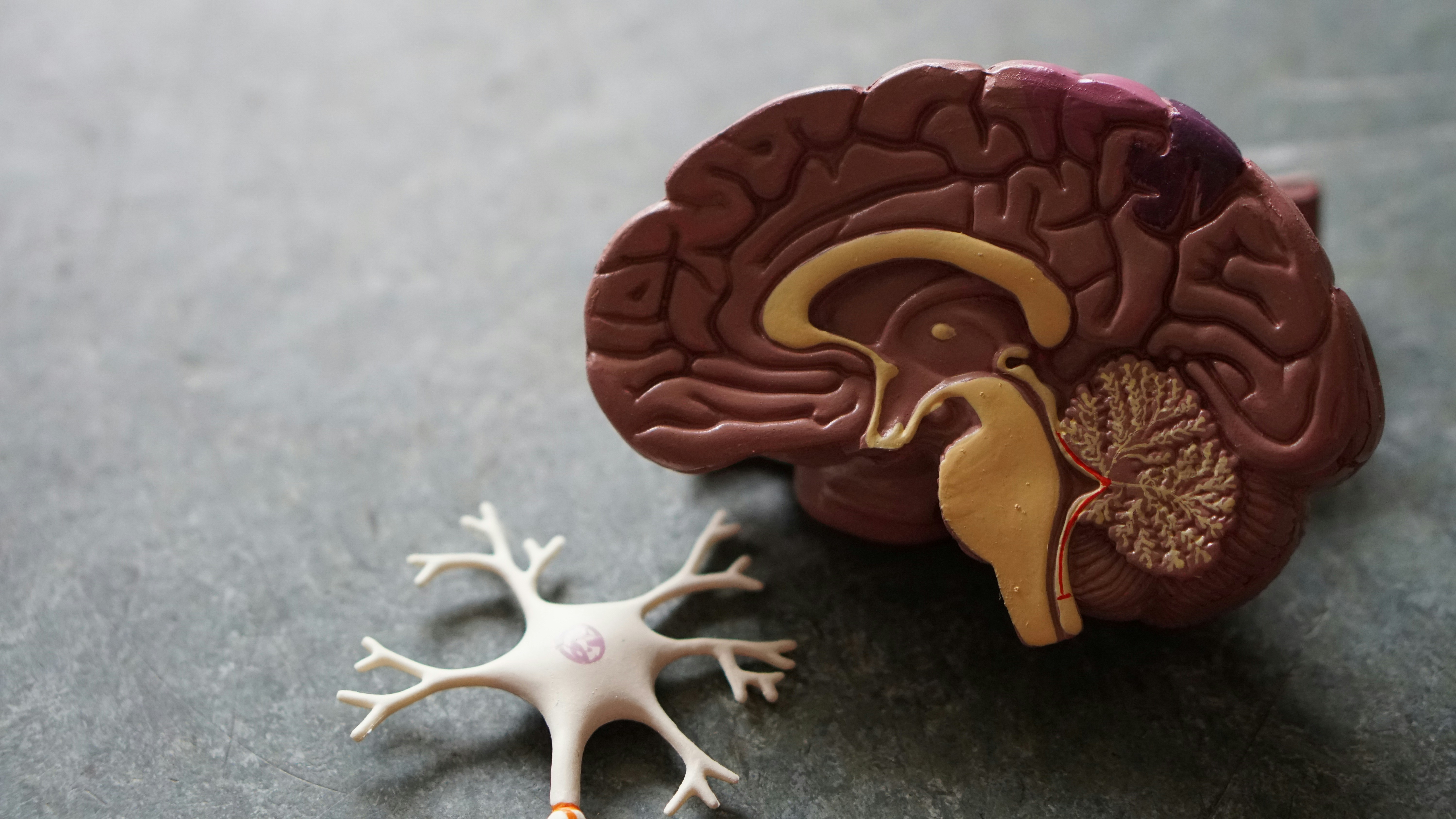For decades, Alzheimer’s research has been like shouting at a locked door. Billions spent, countless theories tested, and all we’ve learned is that the door’s still locked and we’re hoarse. Now, for the first time, someone may have found the key, and it’s not what anyone expected.
Instead of targeting the neurons, the plaques, or any of the usual suspects, researchers went for the brain’s bouncer: the blood brain barrier. It’s the structure that keeps the brain safe from the chaos of the bloodstream. In Alzheimer’s, that barrier starts to fail. It lets toxins creep in and stops clearing out waste, like amyloid beta, the sticky protein that builds up between neurons and kills communication. The brain drowns in its own clutter while the barrier stands by, confused and slightly hungover.
The new study approached the problem with a kind of gentle mockery. If the barrier had forgotten how to do its job, why not just remind it? So they built supramolecular nanoparticles designed to interact with the barrier’s natural transport systems, like leaving a note on the fridge saying “remember to take the garbage out.” They injected these particles into mice with Alzheimer’s-like symptoms, and within an hour, amyloid levels in the brain dropped by roughly sixty percent, while levels in the blood spiked. In other words, the brain started cleaning house again. (Nature Communications)
After three injections, the mice weren’t just biochemically better, they behaved normally. They could navigate mazes and recognise patterns, their cognitive performance restored to the level of healthy controls. The effect lasted for months after treatment stopped, suggesting the barrier had actually relearned its role rather than being temporarily patched. (Technology Networks)
That’s the part that caught everyone off guard. It’s one thing to make a mouse remember again, it’s another for it to stay that way long after the treatment’s over. The discovery reframes Alzheimer’s not just as a disease of broken neurons, but as one of broken maintenance. If the brain’s cleaning crew goes on strike, everything else collapses. Get them back to work, and order begins to re-emerge. (Discover Magazine)
Of course, that doesn’t mean human trials will follow neatly. Mice aren’t people. Their brains are simpler, their barriers thinner, their timelines shorter. Nanoparticles can also misbehave, they sometimes stick around in places you don’t want them to, or they trigger the immune system into panic mode. But still, the principle feels right. After decades of high-tech failure, the answer might not be to invent a miracle cure but to remind biology of what it already knew.
It’s almost poetic. The disease that makes people forget could one day be treated by a therapy that teaches the brain to remember, not memories, but its own basic housekeeping. If that holds true, then maybe the cure for forgetting isn’t more complexity. Maybe it’s just a well-timed nudge.
